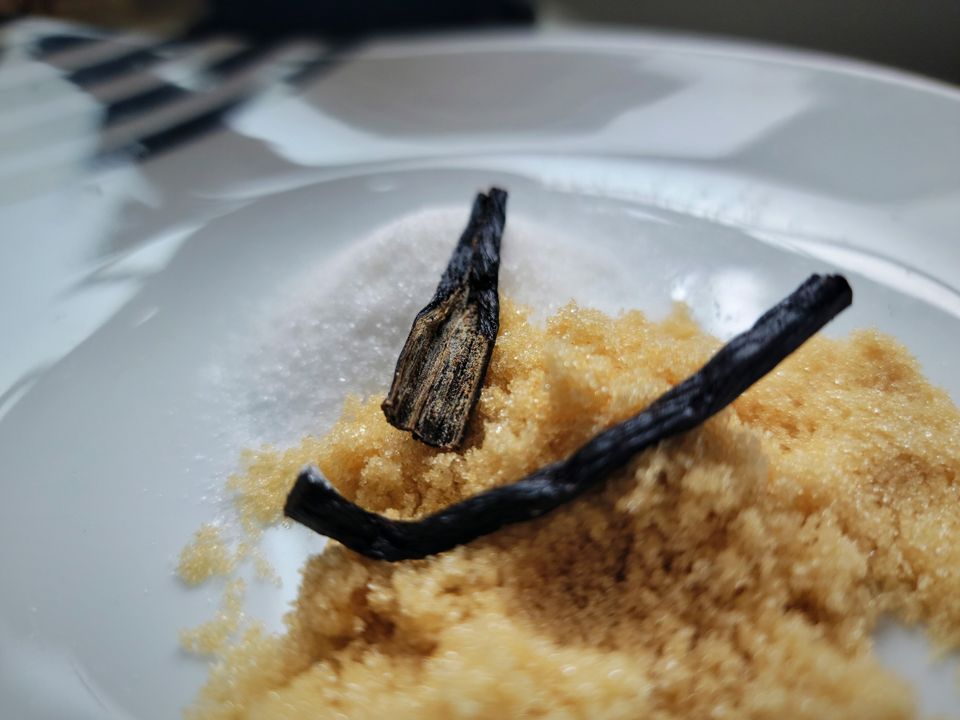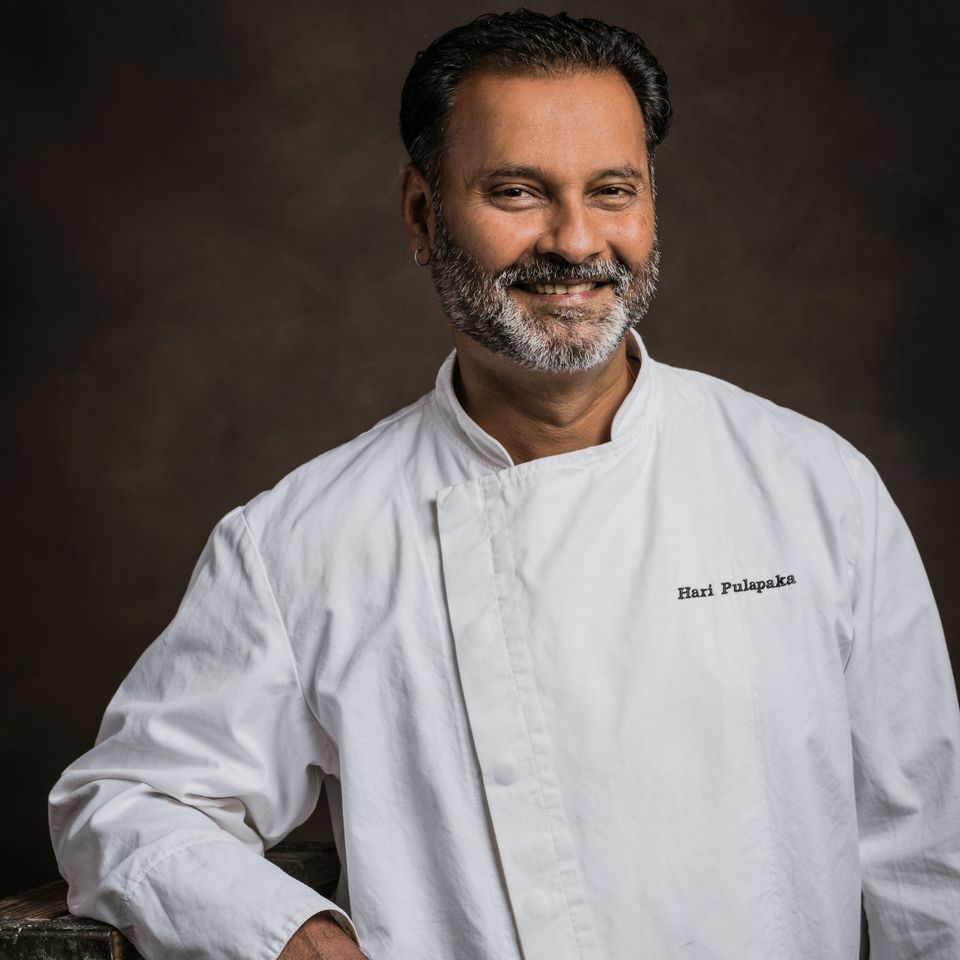Spice of the Week
VANILLA BEAN
Vanilla beans are derived from a string-bean-like pod of a climbing orchid. Vanilla extract and vanilla beans are night and day in terms of imparting the pure flavor and aroma of vanilla. Unlike the extract, vanilla beans have wide applications in cooking — with uses in salad dressings to butter-poached lobster. Because of the time and multiple processes before a vanilla bean can be deemed market-ready, they are an expensive ingredient. But if you know how to maximize its use, one bean will give you much in return amid repetitive uses.
With a sharp knife, split a bean in half and, with the back of the knife, scrape off the tiny black pods (seeds). Do not discard the shell. Use it for simple syrup or infusing other pantry items like sugar — making vanilla sugar.
The most highly prized and expensive vanilla beans come from the largest island in French Polynesia — Tahiti.
Recipe of the Week
Orange-Infused Vanilla Bean Crème Brulée
I’ve easily made over 25,000 crème brulées in my life — usually 12 at a time — using this exact recipe. The best results are achieved by using 40-percent full-fat heavy cream. Although what’s presented here is a recipe for a classic dessert, by simply adding other flavorings and ingredients, one can make hundreds of interpretations — both sweet and savory. Ultimately, it’s about the proportion of heavy cream, egg yolks, tempering, temperature, and time. I love recipes that offer a template for wide-ranging applications.
Servings: 12
INGREDIENTS
1 quart heavy cream
8 medium egg yolks (what do you do with the whites?)
1 vanilla bean (use only half if it’s a large and plump bean)
zest of 1 medium orange
5 ounces white sugar
4 ounces light brown sugar
METHOD
1) In a shallow baking dish, prepare the ramekins that will contain the custard. You may need to use two depending on how large your ramekins are. Be sure to have some space between the ramekins, because this custard will need to be baked in a water bath to ensure uniform and gentle cooking.
2) Scrape the vanilla bean, and mix the shell and the scraped paste with the heavy cream and orange zest. Bring to a low simmer over medium heat in a heavy-bottomed saucepan.
3) While the heavy cream is being infused with the flavor of orange and vanilla, in a wide stainless or glass mixing bowl, whip the sugars and the egg yolks vigorously for at least 2-3 minutes — until the yolks turn to a pale yellow and smooth mixture. This step ensures that the sugars have been adequately creamed with the yolks, thus resulting in a smoother custard.
4) Stir the infused hot cream, and slowly temper (while whipping) the creamed egg yolks, one ladle at a time at first, and going faster after a while. Be sure to scrape all the vanilla into the tempered yolks.
5) Pour the cream and egg mixture through a fine mesh strainer (use a chinois if you have one). Stir the strained mixture well, and equally portion the entirety into the 12 ramekins.
6) Pour hot water into the baking dish, while being careful not to spill any water into the custard.
7) Carefully transfer the ramekins in the water bath + baking dish to a preheated 275F oven.
8) Bake for about 1 hour and 45 minutes. The custard should move a little bit but be set in the middle. Allow them to cool while still in the water bath even after they come out of the oven. Once cooled, refrigerate for at least one hour.
9) Sprinkle a thin layer of Demerara sugar (white sugar works well also) onto each chilled custard, and torch uniformly without creating dark spots.
Note: Crème Brulée translates to “Burnt Cream,” so what was likely a kitchen mistake has become one of the world’s most beloved desserts.
Why is the Chef in a Corner?
After spending well over a decade in my little restaurant kitchen fully immersed in getting sh!t done, I’m ready to bust out of my corner.
Each week, I will pass judgment on a segment of food news that may or may not be interesting, shed light on a seasonal (for us) food ingredient or two, and dream up some minutiae about a spice I love and think you should, too.
In true elitist fashion, I will share a recipe with you, because academia is in my blood and academics think everything they do or say is supremely relevant and important.
I am here to champion the worth of food while fighting for flavor and the people who help provide food on our tables. What percentage of Americans eat at the dining table these days? It has been on the decline for the past decade because by many measures, “the kitchen ate the dining room.”





